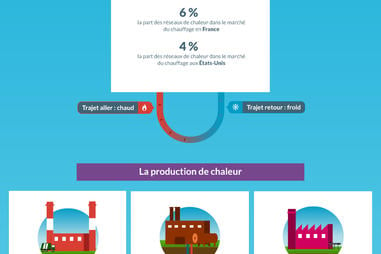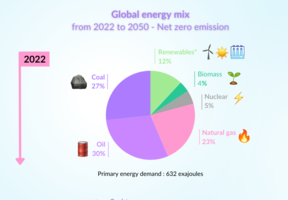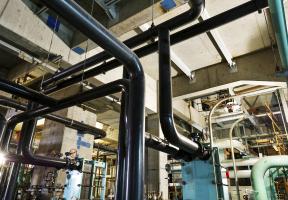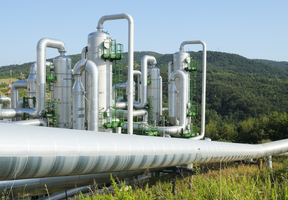Using Heat More Efficiently
15 min read

© THINKSTOCK - The heat lost by France's nuclear plants could potentially heat all of the country's buildings.
Large amounts of are released to the atmosphere instead of being captured to serve connected user sites. Coordinated public policies are needed to meet the key challenge of capturing and redistributing this “lost” energy in district heating systems.
Explore

How Does Cogeneration Work?
Cogeneration, or combined heat and power (CHP), is the simultaneous production and use of thermal energy – in other words, heat – and mechanical energy, which is usually converted into electricity. The advantage of this technology is that it optimizes a plant’s efficiency by recovering the heat instead of releasing it into the environment.

Heat Sources and District Heating
Like electricity, fuel and hydrogen, heat is an essential energy carrier. The challenge is to recover it or produce it from renewables, then deliver it to connected user sites, either clustered nearby or farther away.

Energy transition: Better production and use of heat
Heat is a crucial energy carrier, but considerable amounts are lost in homes, factories and thermal power plants.





















